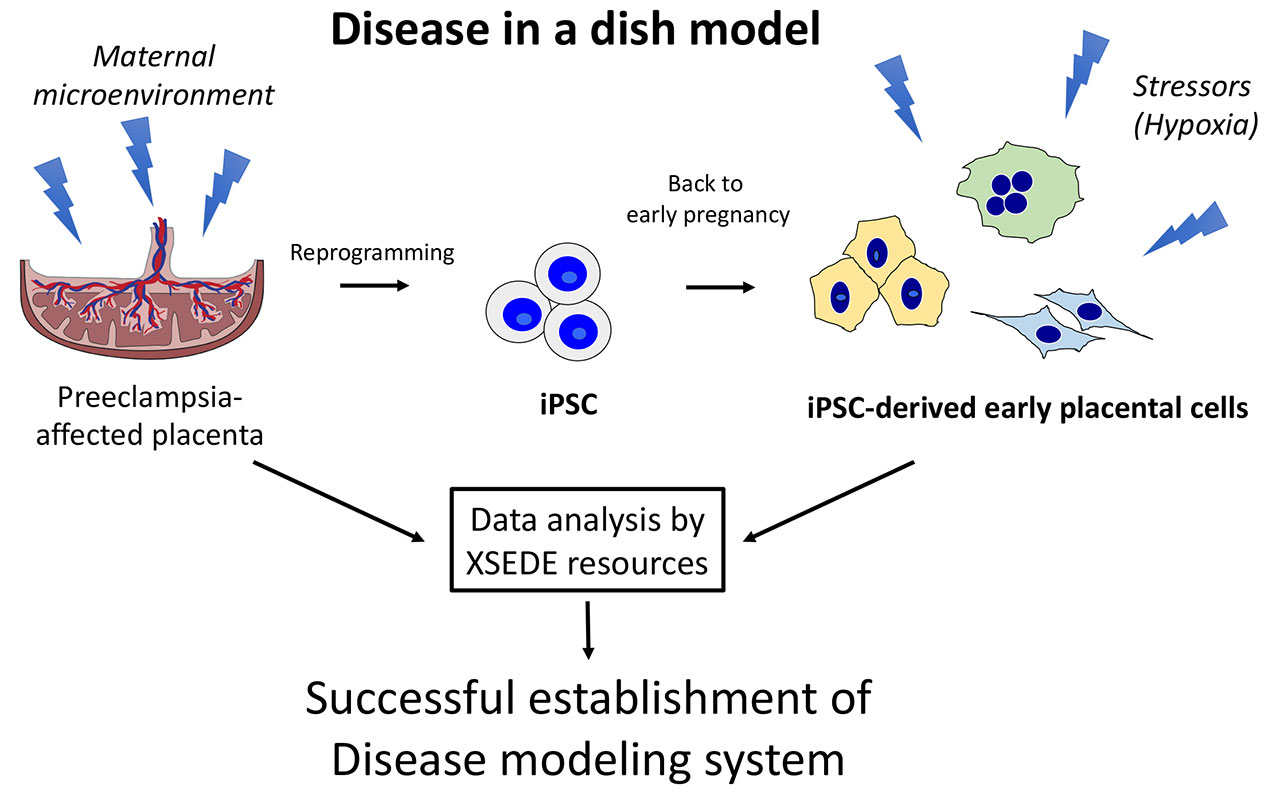
The future looks brighter for cystinosis patients and their families.
As one of 7,000 rare diseases, cystinosis causes an abnormal build-up of the amino acid cystine that can lead to organ failure and premature death. With little to no treatment options, children and young adults primarily affected by the condition often have a poor prognosis – until now.
Thanks to $17 million in early funding from the California Institute for Regenerative Medicine (CIRM) and the unwavering dedication of researchers like Dr. Stephanie Cherqui at UC San Diego (UCSD), a gene therapy to address the genetic defects of cystinosis is making its way through the field.
Cherqui’s stem cell gene therapy offers a potential breakthrough by modifying a patient’s own blood stem cells with a functional version of the defective CTNS gene to address the underlying cause of the disease.
Last month, Novartis, a pharmaceutical company with extensive expertise in clinical-stage gene therapy and access to infrastructure, purchased the gene therapy for $87.5 million from AVROBIO. CIRM funded the preclinical work for this study, which involved completing the testing needed to apply to the Food and Drug Administration (FDA) as well as a subsequent clinical trial.
“CIRM played a significant role in advancing the stem cell gene therapy program for cystinosis from bed-to-bedside. Through its funding and support, CIRM has allowed me to perform the pre-clinical studies required for an investigational new drug application, and then to conduct the first phase of the clinical trial in an academic setting,” said Dr. Cherqui.
Not only will the Novartis acquisition expedite the global availability of this therapy for people with cystinosis, but it also affirms CIRM’s pivotal role in the development of early-stage research that can turn into tangible treatments.
“The Novartis acquisition has the potential to accelerate clinical development of novel hematopoietic gene therapy for cystinosis patients. We’re excited for the cystinosis patient community as well as the UCSD, UCLA and AVROBIO teams that led this advancement,” said Dr. Shyam Patel, Senior Director of Business Development and Alliance Management at CIRM. “Furthermore, the Novartis acquisition validates CIRM’s Clinical funding model, which has supported this program since 2016 through preclinical studies as well as through the ongoing first-in-human clinical trial that was coordinated through the UCSD CIRM Alpha Clinic.”
The impact of this acquisition goes far beyond the walls of research laboratories. For those with cystinosis, it brings a renewed sense of hope and possibility.














